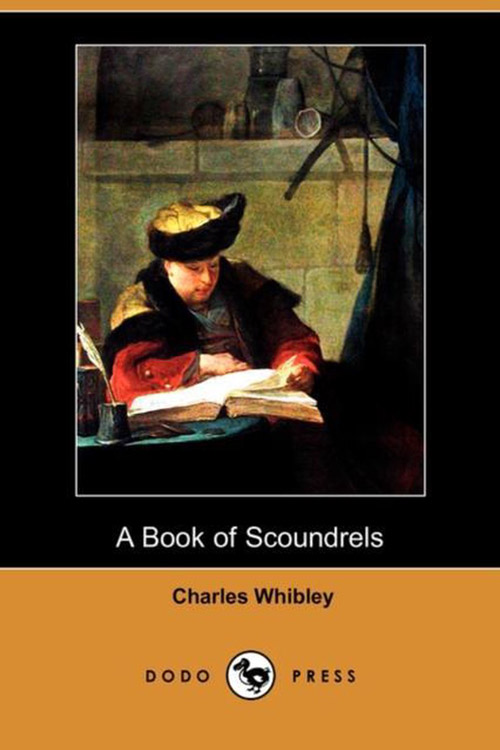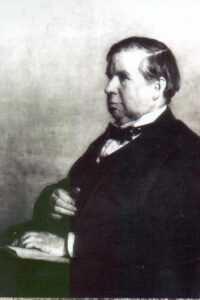
A Book of Scoundrels
There is a directness in the narration, which captures all those for whom life and literature are something better than psychological formulæ. Moreover, the motives that drive the brigand to his doom are brutal in their simplicity and as genuine and sincere as greed, vanity, and lust can make them. The true amateur takes pleasure even in the pious exhortations because he knows they crawl into their place, lest the hypocrite be scandalized. However, with years, the Newgate Calendar also declined; at last, it followed other dead literature into the night. Meanwhile, the broadside had enjoyed an unbroken and prosperous career.
Up and down London, up and down England, hurried the Patterer or Flying Stationer. There was no murder, theft, or conspiracy which did not tempt the Gutter Muse to doggerel. But it was not until James Catnach came up from Alnwick to London (in 1813) that the trade peaked its prosperity. The vast sheets, which he published with their scurvy couplets, and the admirable picture, serving in its time for a hundred executions, have not lost their power to fascinate. Theirs is the aspect of the early woodcut; the coarse type and the catchpenny headlines are a perpetual delight; as you unfold them, your care keeps pace with your admiration, and you cannot feel them crackle beneath your hand without enthusiasm and regret.
He was no pedant—Jemmy Catnach and the image of his ruffians was commonly as far from portraiture as his verses were remote from poetry. But he put together in a roughly artistic shape the last murder, robbery, or scandal of the day. His masterpieces were far too famous to live; if they knew so vast a circulation as 2,500,000, they were hard to come by. And now the art is almost dead, though you may discover an infrequent survival in a country town. But how should Catnach, alive today, compete with the Special Edition of an evening print? The disappearance of chap-book and broadside has followed the decline of the Scoundrel. The Education Act, which made the cheap novel a necessity, destroyed the literature of the street at a blow. The patterer has lost his occupation since the highwayman wandered, fur-coated, into the City.
Read or download Book
Charles Whibley
Charles Whibley (9 December 1859 – 4 March 1930) was an English literary journalist and author.
Biography.
In literature and the arts, his views were progressive. He supported James Abbott McNeill Whistler (they had married sisters). He also recommended T. S. Eliot to Geoffrey Faber, which resulted in Eliot’s being appointed as an editor at Faber and Gwyer. Eliot’s essay Charles Whibley (1931) was contained within his Selected Essays, 1917-1932. Matthew described Whibley’s style as “often acerbic high Tory commentary”. Mother of Pearl and Silver: The Andalusian (1888–1900), National Gallery of Art, Washington, D.C.
Whibley was born on 9 December 1859 in Sittingbourne, Kent, England. His parents were Ambrose Whibley, a silk merchant, and his second wife, Mary Jean Davy. He was educated at Bristol Grammar School and Jesus College, Cambridge, where he took a first in classics in 1883. Charles Whibley’s immediate family included his brother Leonard Whibley, a Fellow of Pembroke College, Cambridge, from 1899 to 1910 and a lecturer in Classics (Ancient History).
Charles also had a half-brother, Fred Whibley, copra trader, on Niutao, Ellice Islands (now Tuvalu), and a half-sister, Eliza Elenor, who was the wife of John T. Arundel, the owner of J. T. Arundel & Co. which evolved into Pacific Islands Company and later the Pacific Phosphate Company, which commenced phosphate mining in Nauru and Banaba Island (Ocean Island). Whibley worked for three years in the editorial department of publishers of Cassell & Co.. He shared a house with his brothers Leonard Whibley, William Ernest Henley, and George Warrington Steevens.






